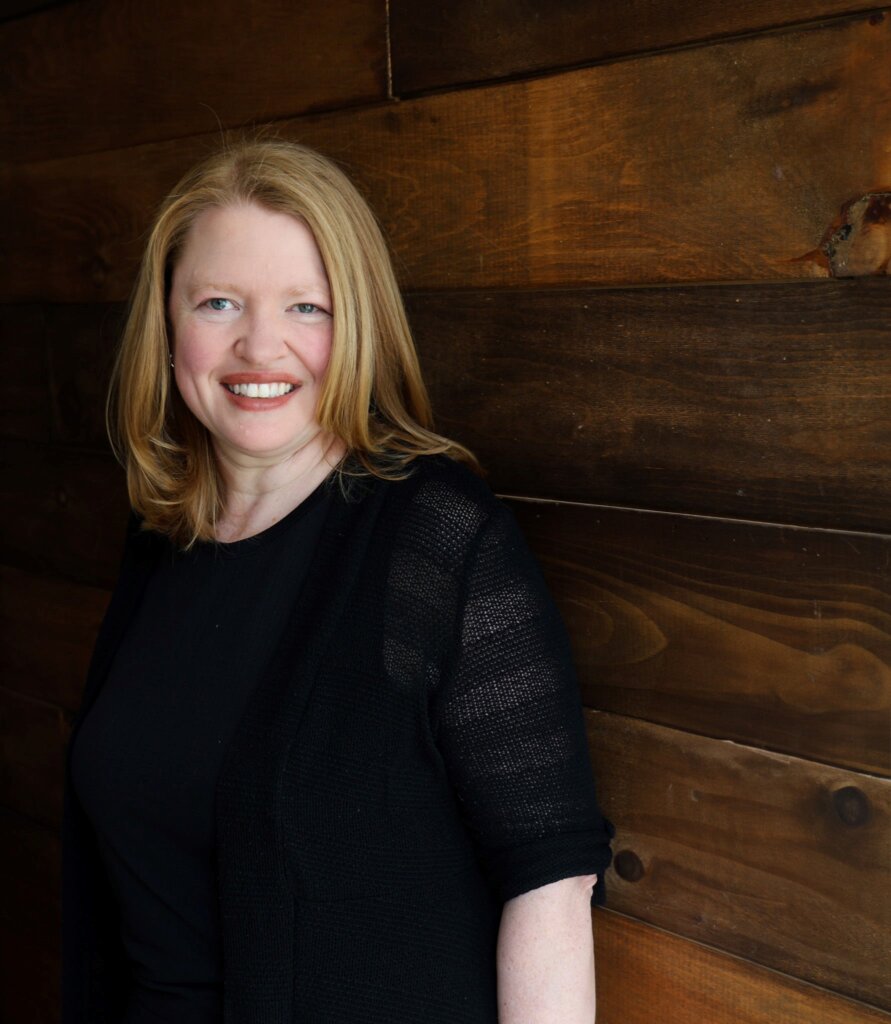






Is Your Kid Getting Enough Awe?
Awe. You know it when you feel it. And when you do, you are humbled AND exhilarated. Now child development expert Deborah Farmer Kris has written the book, “Raising Awe Seekers: How the Science of Wonder Helps Our Kids Thrive.” Deborah is an advisor to “Carl the Collector” on PBS and spent over 20 years as a K-12 educator.
Here’s an excerpt from her book, slightly edited for space!
Kids and Awe, by Deborah Farmer Kris
Today’s child-rearing culture largely ignores or even stifles awe. Waking hours are often filled with adult-directed activities, pressures, or obligations. That leaves kids less time to wonder, wander, or tune in to their emotions and surroundings.
I’ve worked with fourth graders who were so programmed with after-school classes and weekend activities that they rarely had time to play. I’ve spoken with eighth graders who told me they “don’t have time” for hobbies and activities that bring them joy. I’ve worked with stressed-out, sleep-deprived juniors and seniors for whom activities were—first and foremost—résumé builders for college admissions. Awe requires being present in the moment, and that’s not easy in a future-oriented, go-go-go culture.
Desperately seeking awesome.
Every time I talk to a high-achieving, stressed-out teen or read another story about the pediatric mental health crisis, I think of these words from my interview with Dr. Dacher Keltner, a professor of psychology at UC Berkeley and author of “Awe: The New Science of Everyday Wonder and How It Can Transform Your Life.” They read like a poem, so I’m taking the liberty to structure them as such.
How do you find awe?
You allow unstructured time.
How do you find awe?
You wander. You drift through.
You take a walk with no aim.
How do you find awe?
You slow things down.
You allow for mystery and open questions
rather than test-driven answers.
You allow people to engage
in the humanities
of dance and visual art and music.
Hobbies help kids evolve.
When we allow our kids to “wander”—to follow their questions, to dabble in this and that—we create space for them to stumble upon awe. I love watching my kids drift toward and away from hobbies, evolving as they discover what speaks to them. Think of a teen who moves from consuming fantasy books to writing fan-fiction to running a Dungeons and Dragons club. Reading sparks an interest; fan-fiction taps into this teen’s latent creativity and connects them to a wider community; D&D forges friendships.
Keltner’s wisdom also reminds me of Michele Borba’s research… She spent months interviewing thousands of teens, and one of the clear messages that came through was this: “Thrivers have hobbies—they have something they can decompress to.” But here’s the catch. When she asked teens, “What are your hobbies?” they often replied, “What’s a hobby? We don’t have enough time for hobbies.” Their lives, she told me, had become full of “should dos” instead of “want to dos.”
Finding flow.
Purposeful, self-directed activities are restorative for kids. Have you ever gotten so into an activity you love that time seemed to fly by? That’s called being in a state of “flow.” Mihaly Csikszentmihalyi, the psychologist who coined the term, defined it as, “A state in which people are so involved in an activity that nothing else seems to matter.”
Csikszentmihalyi believed that our most cherished memories don’t come from passive or relaxing times… “The best moments usually occur if a person’s body or mind is stretched to its limits in a voluntary effort to accomplish something difficult and worthwhile.”
So how do we help our kids find purposeful, worthwhile activities that help them experience that flow? It’s helpful to remember this: Kids’ interests will evolve—sometimes rapidly—and that’s usually a good thing! And their interests may not align with ours or with our sense of what they should be doing—nor do they need to.
Introduce kids to activities and then step back.
Borba pointed me toward the work of psychologist Benjamin Bloom. Bloom studied the lives of accomplished mathematicians, athletes, and musicians, and he found that adults usually introduced them to these activities when they were young. But—and it’s a big but—before long, the child was pulling the parent.
As adults, we should “periodically step back and ask, Who is doing the pulling?” says Borba. “And if you are the one always pulling [your kid] to put on their soccer cleats or practice the piano, maybe they are telling you something.” Maybe it’s no longer a source of wonder and satisfaction.
Thankfully, our kids’ worlds are brimming with possibilities – sometimes, the best thing we can do is to get curious and get out of their way.
Adapted from Raising Awe-Seekers by Deborah Farmer Kris © 2025. Used with permission of Free Spirit Publishing, an imprint of Teacher Created Materials, Inc., Huntington Beach, CA; 1-800-858-7339; teachercreatedmaterials.com. All rights reserved.




Comments are closed for this article.